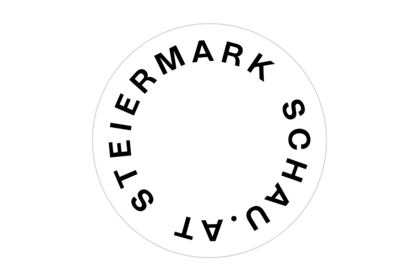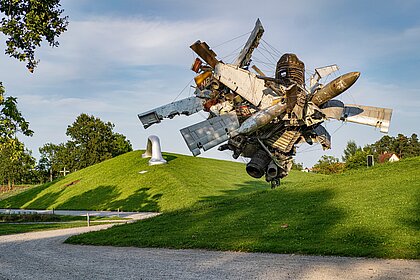Physical violence
Any form of ill-treatment directed against the body counts as physical violence. This ranges from shaking, pushing, pinching, kicking, pulling hair, beating, boxing someone’s ears and slapping, to attacks with weapons and attempted murder.
Psychological violence
In contrast to physical violence, this form of violence is more difficult to identify and is also more rarely perceived as violence. It covers every form of emotional pressure, such as humiliation, denigration, rejection, holding up to ridicule, insults, ignoring a person, stalking, continuous criticism, mockery; it also includes removal of freedom, exclusion, or non-verbal degradation (gestures or acts of contempt). Experiencing psychological violence, such as witnessing an act of terrorism, violence against (domestic) animals or the destruction of things of value to those affected, also counts as psychological violence.
Sexualised violence
Sexual violence involves the abuse of power in order to exploit children and youths by means of a position of authority. Relationships in which children and youths are dependent upon adults or a dominant youth are deliberately exploited in order to satisfy the latter’s own sexual, emotional and social needs. This form of violence includes not only any kind of actual or threatened sexual activity, e.g. indecent touching or sexual intercourse, also non-physical abuse, such as the showing of pornographic images or films.
Different verbal, emotional and physical abuses are counted as sexualised violence: sexually tinged language, innuendos, sexualised jokes, exhibitionism, forcing a person to carry out sexual acts on their own body or that of another person, forcing a person into prostitution, forced marriage, genital mutilation …
Neglect
Neglect means ‘inadequate provision, the absence of care and forgetting, as well as the withholding of support and care. It is by far the most frequently found form of endangering a child’s well-being.’[6]
The omissions on the part of those persons responsible for care concern both the physical and educational / cognitive neglect of children and youths. These range from insufficient provision of food or clothing, inadequate hygiene, medical care, a lack of communication, inadequate support of motoric, mental, emotional and social development, living conditions that pose a health risk, restriction of the child’s self-determination, a lack of age-appropriate supervision, insufficient emotional affection, and ignoring the child’s need for intimacy. Furthermore, the uncontrolled and too-frequent consumption of age-inappropriate media is also counted as neglect.
Institutional / structural violence
Institutional violence can include physical, sexual and/or psychological violence. It is carried out in an institutional setting by a person of authority against the children and youths entrusted to them and is an abuse of power. This form of violence also includes the incitement to humiliate or hurt other children and the toleration of physical and psychological abuse, among other things. Institutional violence can be understood as unconnected to a person, too, when, for example, the structure and organisation of an institution is in part responsible for the misconduct of individual persons due to stressful and overtaxing working conditions.
[5] Vgl. Schulpsychologie, Bildungsberatung. Bundesministerium für Bildung, Wissenschaft und Forschung.
sowie Übersicht Umgang mit grenzverletzendem Verhalten. In: Basiskonzept Kinderschutz des Landes Steiermark.
[6] Vernachlässigung. In: Schulpsychologie, Bildungsberatung. Bundesministerium für Bildung, Wissenschaft und Forschung.





















